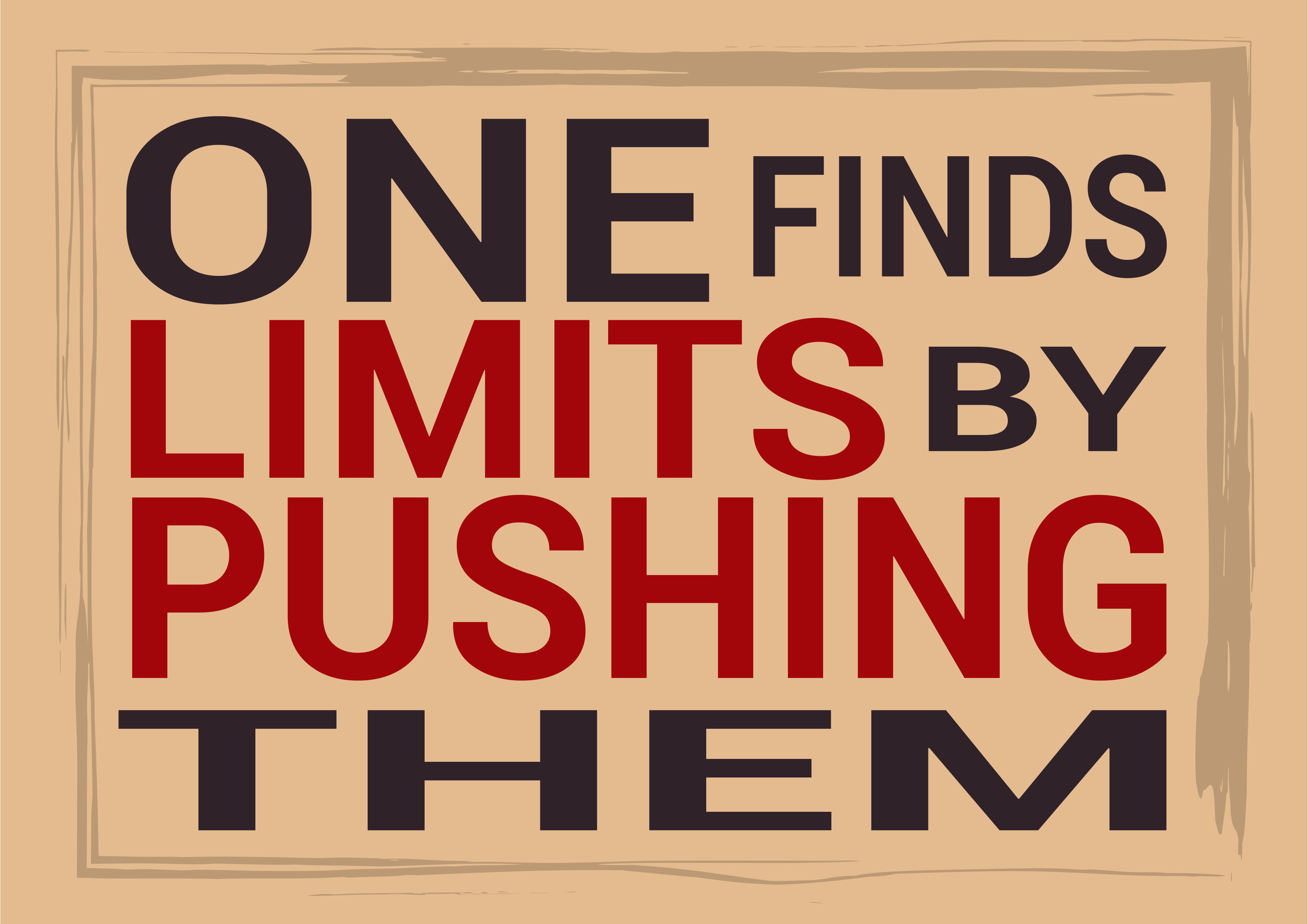It doesn’t matter if you are beginner, intermediate or advanced trainee; plateaus are simply part of the training process and must be strategically dealt with. Once you hit a plateau, how you choose to manipulate your sets, reps, and training loads will dictate whether or not you remain stagnant or move forward to new PR’s.
How to deal with that dead limit?
With the above in mind, I want to present some of my favourite plateau busting set and rep schemes. Before I get into the nuts and bolts, a couple of things:
These schemes are meant to be used on the big multiple joint exercises: squat variations, deadlift variations, pull-up variations, chin-up variations, rowing variations, overhead pressing variations and bench pressing variations. These schemes do not lend themselves well to single-joint exercises such as curls, leg extensions, press downs, leg curls, etc.
Ideally, you should begin your workouts with one big multiple joint exercises targeting whatever “region” (upper or lower body parts) or body part you are focusing on that day. It doesn’t matter if you are a strength athlete, physique athlete or recreational lifter: I’m a big believer in focusing on one main movement to begin your workouts. Depending on your goals, the rest of your workout can vary to suit your needs, but I firmly believe everyone needs to focus, first and foremost, on getting stronger.

You should perform several warm-up sets before getting into the actual schemes I’ll outline below. How many warm-up sets to perform is an individual thing, but, as a general rule, keep the reps very low: don’t waste your energy performing unnecessary reps which serve to do nothing more than wear you out and take away from the main strength-building scheme. As an example, if you first real work set of the day calls for 100 kg, your warm-ups may look like this:
Example training
50 kg x 5 reps
70 kg x 3 reps
90 kg x 1 reps
Week 1: Find your 12-rep max (the most weight you can lift 12 times). Perform four sets of seven reps.
Week 2: Add 6% to the load you used in week1 (this is your 10-reps max, roughly). Do four sets of six reps.
Week 3: Add 6% to the load you used in week 2 (eight-rep max). Do four sets of five.
Week 4: Add 6% to the load you used in week 3 (six-rep max). Do four sets of four.
At this point, you should repeat the 4-week cycle, beginning at week 1, but you’ll add weight to your 12-rep max (2.5 kg for upper body movements and 5 kg for lower body movements).
You’ll want to rest about two minutes between sets. On the fourth set, attempt to do more reps than the prescribed number, but don’t go to failure. As long as you get the goal number, you are free to progress to the next week. If you get stuck, stay put until you achieve the recommended number of sets and reps.
Summary
As the saying goes, doing the same thing over and over again and expecting a different result is the definition of insanity. This holds true in the strength training world as well. When it comes to punishing a plateau and progressing, continuing to do the same set and reps scheme which got you to the plateau in the first place won’t cut it. Give these two plateaux a shot and reap the rewards of your new-found strength!






